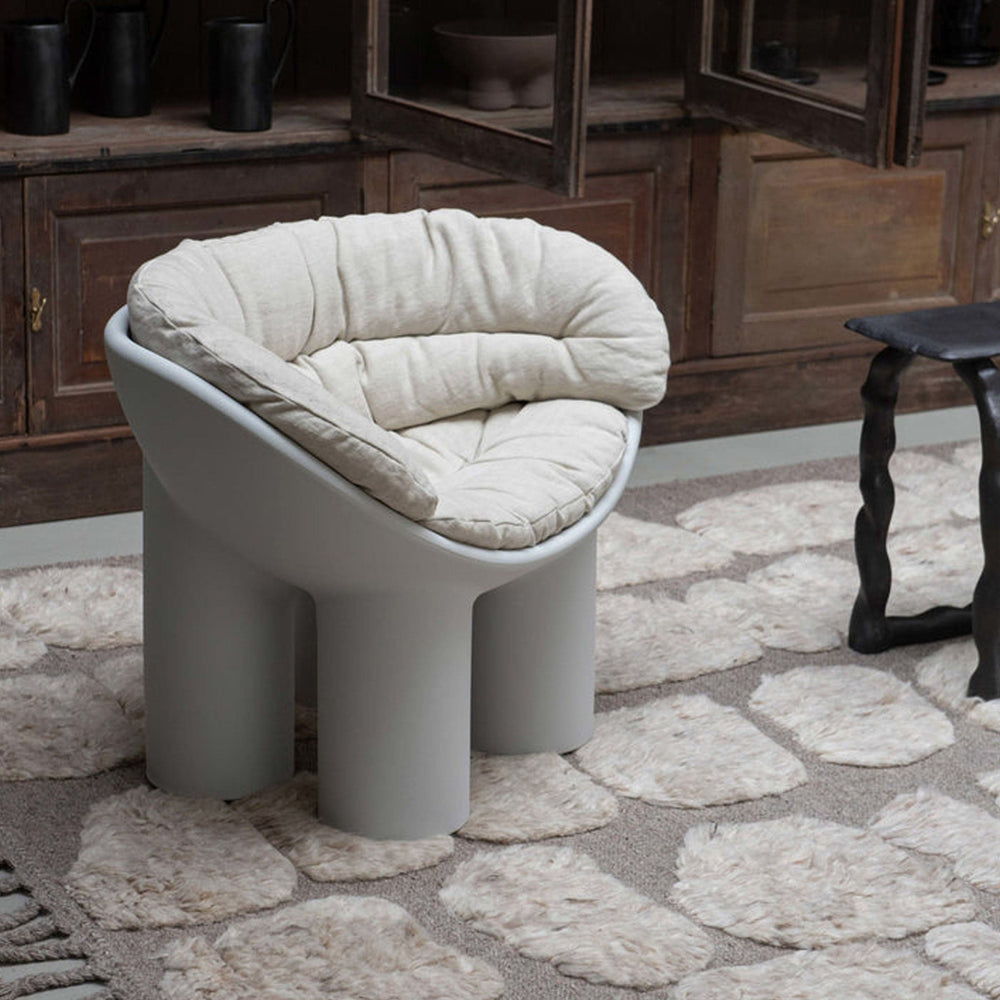Art Interior Design: displaying Art in Your Home
The MAG 10/22
TUTORIAL by Emanuele Drago

Beautiful things make life more interesting and stimulate us to be curious and open to new experiences. Art can also improve the perception we have of our everyday spaces.
You’ve been after that painting, piece of art, photograph or sculpture for a while, and now that you’ve finally got your hands on it, you have to find the perfect spot for it in your home. Whether you’ve purchased a print, a glass or bronze sculpture, or a series of photos taken by a contemporary artist, you’ll always want to have a gameplan in place when it comes to putting your art on display. Interior design is all about incorporating artwork into a room and bringing it to life in a specific space. And while even the homes of art collectors and enthusiasts around the world often aren’t designed based on this principle, thanks to a few simple tips it’s an easy one to follow, even for the most amateur of collectors.
Displaying art in your living room.
Before starting out, it’s important to point out that it’s a privilege to be surrounded by works of art. Beautiful things make life more interesting and stimulate us to be curious and open to new experiences. Art can also improve the perception we have of our everyday spaces.
That's why my first piece of advice is to step back, take a look at your art, and assess its size, style, and colors. Make sure that the painting or sculpture isn’t too big or too small based on the room and your furnishings, otherwise it will seem out of proportion.
Also beware of mismatches in colors. Your entire room should be visually balanced, so create splashes of color here and there with decorative objects or fabrics that echo the colors in your artwork. The hues in your art might or might not tie in with the context of the room, and might either reflect or be in contrast with the room’s colors. But your study of color shouldn’t just affect your furniture and art: it should involve your curtains, which create a contrast in texture, your flooring, which can become a unique base for your entire house, and even your ceilings, which can be painted with lighter or darker colors to create a visually bigger or smaller space.
Also make sure to hang any wall art at the right height. If you hang it too high or too low, it won’t get the admiration it deserves. And create balance: find an element that stands out in your space – in this case a piece of art – and make it the focus of the room by avoiding decor with too many strong, attention-grabbing elements. It’s easy to confuse the eye if you don’t establish a focal point.
A final important element is lighting. Although natural lighting might be enough to illuminate your space during the day or in the summer, it’s important to strike the right balance between intensity and hue at night and in the winter months. Proper lighting highlights the colors, shapes, textures and three-dimensional nature of art, while lighting that’s too warm or too cool in tone can flatten, dull, and even change the colors of the artwork.
Keep the following in mind when choosing lamps and lighting fixtures in a room where you display your art:
- Avoid lamps or lights that could damage your art.
- Lighting for artwork should be angled at 30 degrees.
- Wall-washers and track lighting are ideal light fixtures for lighting artwork.
Discover Design Italy’s wide selection of fine works of art, including Venetian glass by Panizzi Murano, embroidered canvases by Loredana Giulioli, contemporary photographs (selected under the curatorship of the MIA Photo Fair), and large paintings by E. Drago, Gennaro Regina and many other artists.



















